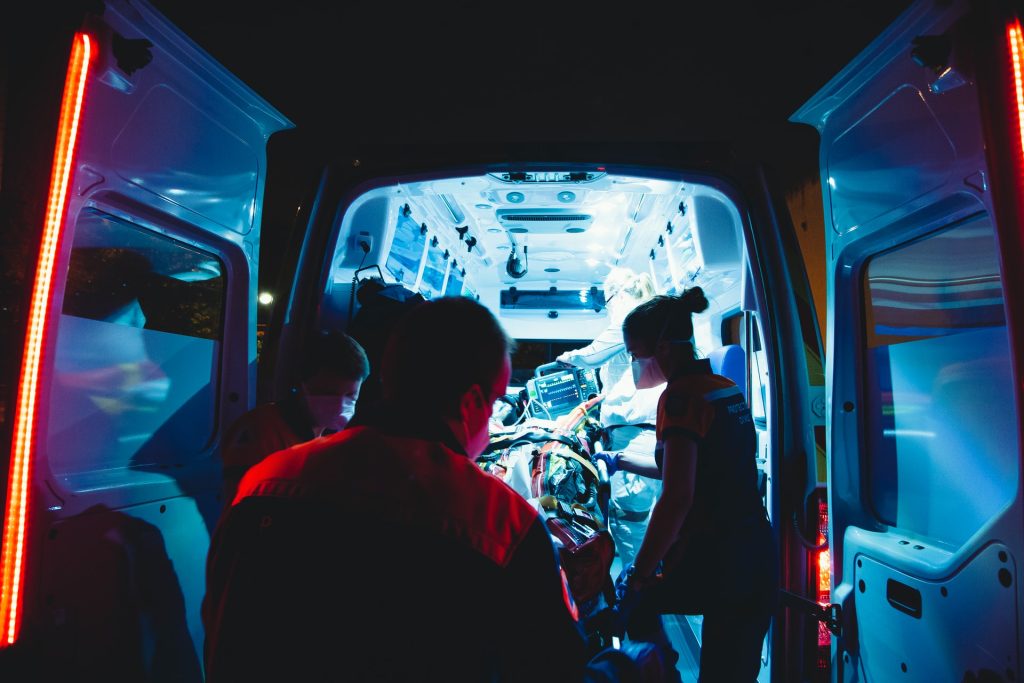
A new study reveals the mechanical basis underlying abdominal aortic aneurysm (AAA), a complex and life-threatening vascular disease with high incidence worldwide.
Known as the ‘silent killer’, most AAAs are asymptomatic, often undetected until rupture, and involve a poorly understood set of mechanical and biochemical events. Studies have shown that AAA is associated with both vascular inflammation and increased stiffness. That the latter happens with ageing partly explains why AAA is almost only ever seen in people over 65.
Evidence suggests that abnormal acclimation of vascular smooth muscle cells (VSMC) to biomechanical disturbances, such as increased circumferential stress in hypertension, can lead to the development of AAA. However, not much is known about the molecular drivers of altered mechanobiological behaviors of VSMC. Understanding these might provide promising targetable signals that could repress AAA progression and limit rupture incidents.
Now, researchers have demonstrated mechanobiological changes in VSMC and identified a key ion channel that is involved in the development of AAA. In a new study, in Nature Communications, they describe how VSMC gradually adopts a solid-like state by upregulating cytoskeleton crosslinker, α-actinin2, which powers the mechanosensitive ion channel Piezo1.
“Our team applied biomechanical engineering to study aneurysm pathology,” explained study leader Professor Weiqiang Chen. “In contrast to the extensive study of aorta wall properties, we explored how a cell’s mechanical sensitivity, or ‘mechanosensation’ to mechanical stimuli presents an innovative perspective in revealing disease pathogenesis and progression mechanisms.”
Measuring misshapen VSMC with a novel ultrasound tweezers system and a single-cell RNA sequencing technique, the researchers identified Piezo1, which critically regulates VSMC mechanical sensitivity. Inhibiting Piezo1 in mice prevented them from developing AAA, by relieving pathological vascular remodeling. The researchers concluded that deviations of mechanosensation behaviours of VSMC is detrimental for AAA, and Piezo1 could be responsible for mechanically fatigued aorta in AAA. This could lead to new mechano-medical approaches to treating this devastating cardiovascular disease.
Source: EurekAlert!

